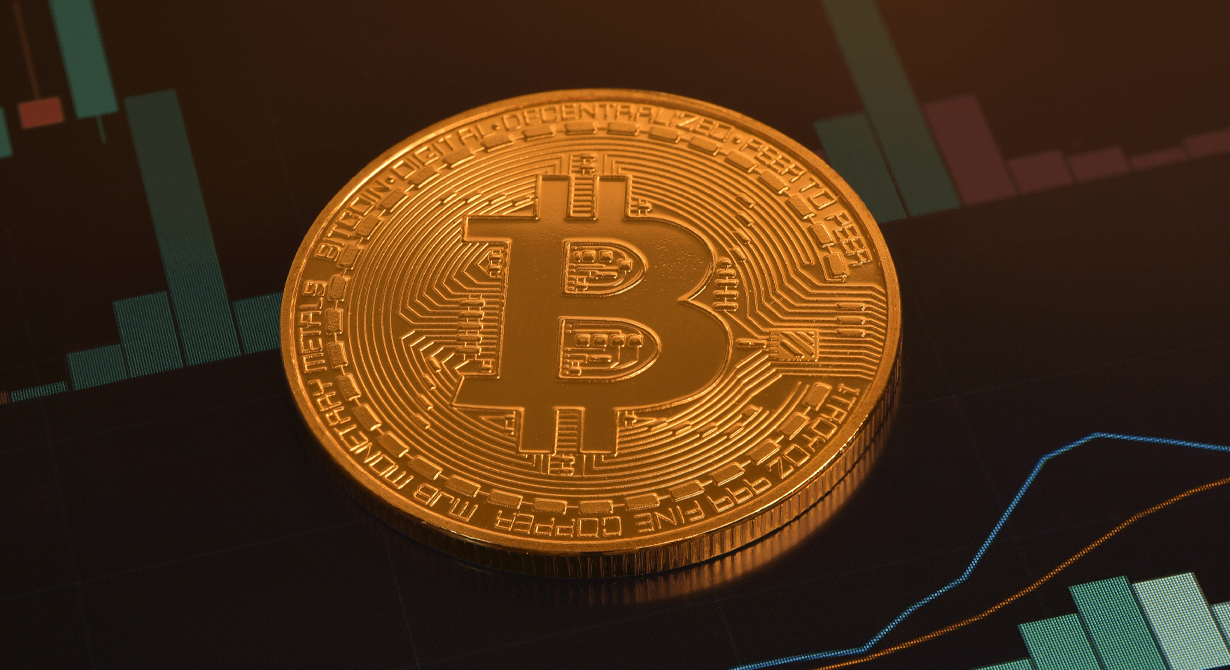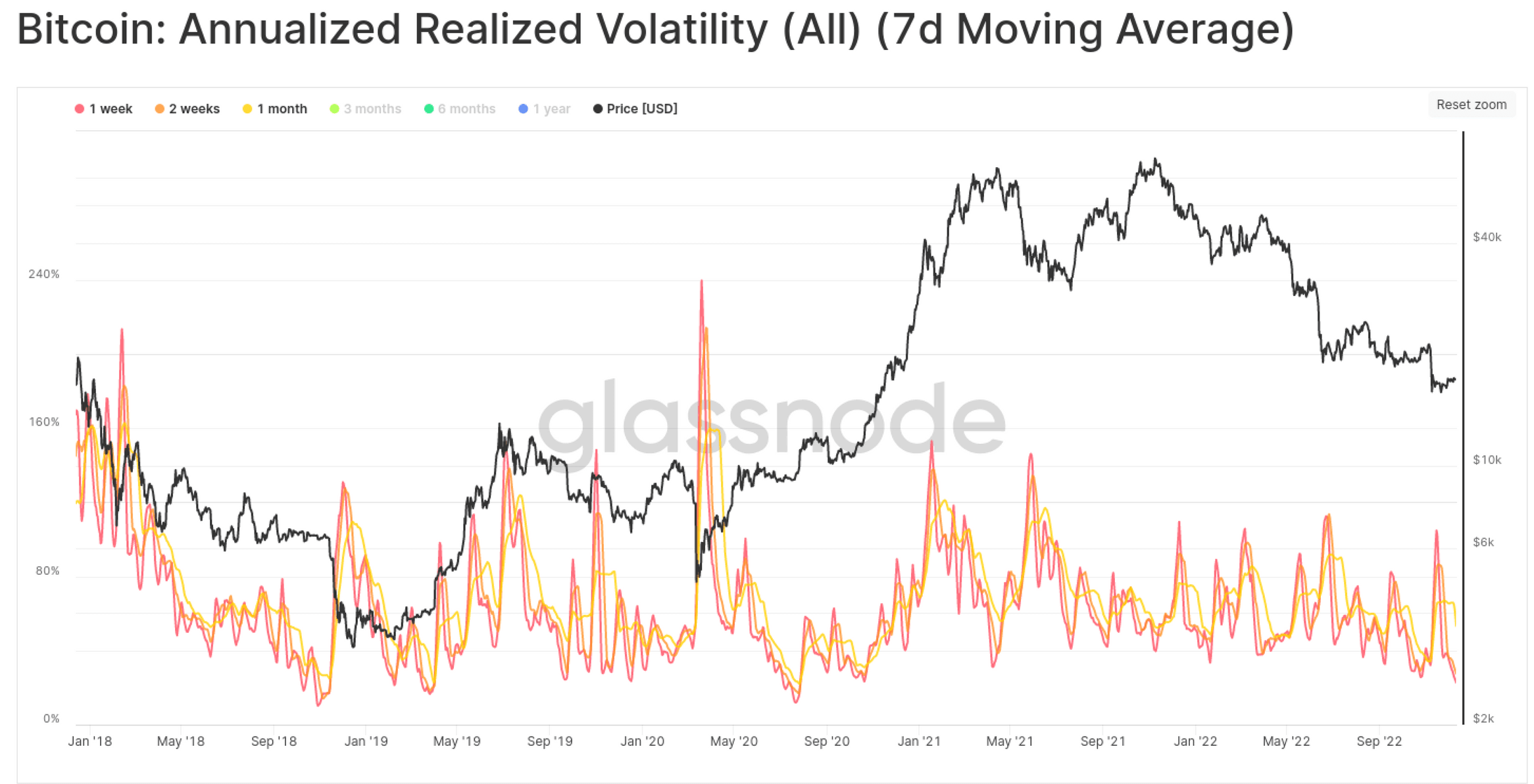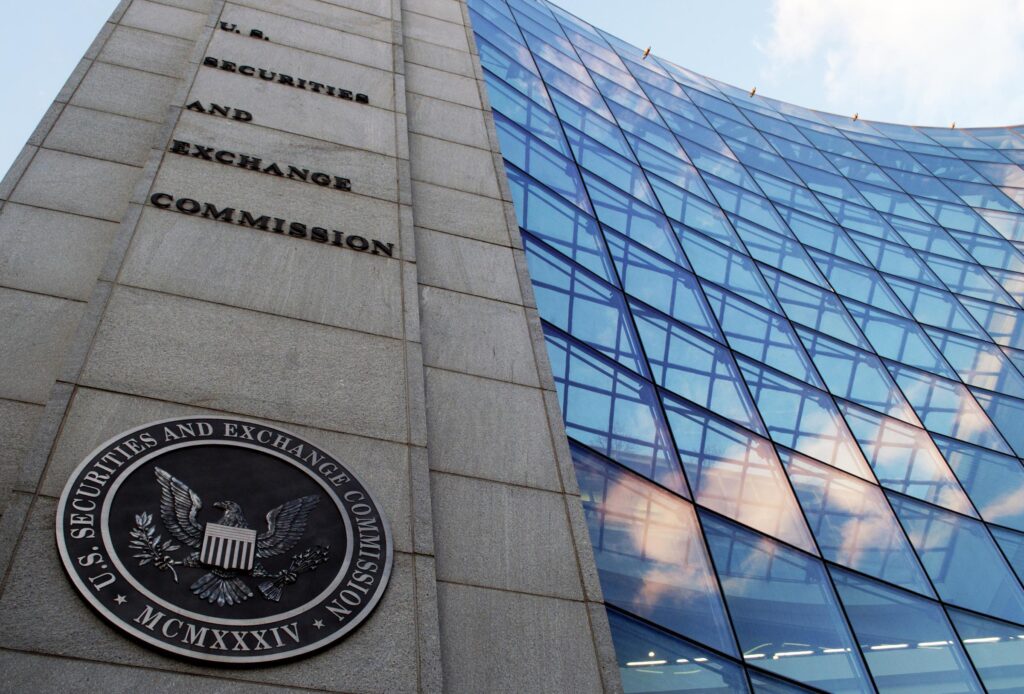Bitcoin’s Price Volatility Amid Geopolitical Tensions and Trade

The Bitcoin price volatility has swings throughout the past week as the market reacts to financial anxieties and geopolitical issues. Driven by dip buying as investors took the opportunity to enter the market at lowered levels. Bitcoin has recovered after dipping below the $80,000 barrier to roughly $87,819. The wider market conditions—including issues around more trade tariffs—continue to influence market mood and lead to volatility in the price movement for Bitcoin.
Bitcoin Drops Amid Trade Tensions
Bitcoin Price decreased drastically on April 7, 2025, plummeting to $76,000 when U.S. President Donald Trump declared new trade penalties targeted at China. This sudden action by the U.S. government created waves across foreign financial markets as investors fretted about the likely emergence of a trade war. Equity markets suffered as well; at the height of the sell-off the Dow Jones Industrial Average dropped roughly 1,700 points. Even if markets started to show some recovery, the basic uncertainty remained causing investor anxiety.

The price of Bitcoin responded to these events since more general financial uncertainty raised selling pressure. With many investors choosing to sell positions to generate cash in the face of increasing uncertainty, Bitcoin’s recent decline fit a bigger pattern seen in other risk assets also suffering. Furthermore still developing and much influenced by the mood in conventional financial markets is the market for cryptocurrencies.
Bitcoin’s Market Rebound
Bitcoin has witnessed a notable comeback despite the initial decline; dip buyers grabbed advantage of the low prices, therefore driving prices back to the $87,819 mark. Many investors who feel that despite short-term volatility Bitcoin’s long-term fundamentals remain robust have become hopeful about the rebound.
Given the past trend of Bitcoin to recover from significant corrections, the purchasing activity at lower levels reveals that many investors see recent price declines as a chance to acquire Bitcoin Market at a discount. Positive attitude among certain market players who think Bitcoin could finally be considered as a hedge against the more general financial instability brought forth by trade tensions and other world events has also helped with the rebound.
Still, the bounce is precarious, and further uncertainty about tariff policy, geopolitical risk, and more general financial market volatility might cause pressure on Bitcoin’s price. The lack of a clear answer to the continuous trade conflict between the U.S. and China keeps both conventional markets and the bitcoin scene even more unpredictable.
Bitcoin Taxes Instability
Though there is a comeback, worries about higher taxes continue to be a key cause of market instability. The U.S. government’s decision to apply tariffs on China has rocked world markets and undermined investor confidence in cryptocurrencies as well as stocks.
As a rather fresh asset class, Bitcoin has exhibited growing relationship with conventional financial markets in recent years. Although Bitcoin was formerly considered as a decoupled asset, immune to the factors driving conventional financial assets, new occurrences imply that this is no longer totally the case. The more investors worry about the wider effects of trade conflicts on the economy, the price of Bitcoin is moving in response.
Analysts are constantly observing for any indication that the U.S.-China trade war might intensify. So exerting more pressure on the value of Bitcoin. Although some market watchers have hypothesized that Bitcoin might act as a “safe haven” in times of financial crisis, its price swings over the past few weeks show that the market is still rather sensitive to world events including trade policy pronouncements and tariffs.
Bitcoin’s Market Struggles
Technically, Bitcoin is still in a vulnerable position. Though the bitcoin shows signs of revival, recent market behavior suggests possibly unfavorable consequences. Since Bitcoin was once regarded as a prospective competitor for much higher values. Some traders are concerned about its declining value below $80,000.
Important support levels are under close examination. The many traders concentrate on the $74,000 and $65,000 levels. which are considered as crucial in deciding whether Bitcoin will continue its increasing trend or undergo more losses. Should these thresholds be exceeded, Bitcoin may suffer more, particularly in light of the general state of the market remains negative.
On the other hand, the resistance levels of Bitcoin—particularly around the $87,000 level—will be rather important in determining if the present return can be sustained. Should Bitcoin fail to pass these resistance points, short-term negative pressure could be applied upon it.
Bitcoin Volatility Concerns
Increasingly apparent in the bitcoin market, institutional investors also carefully monitor these trends. Institutional players are worried about the recent price swings particularly in view of the possibility of large losses in times of further volatility.

The obvious correlation between Bitcoin and other risk assets like stocks begs some issues about whether the bitcoin might still be a hedge against market volatility or inflation. Before making significant Bitcoin purchases. The institutional investors demand more stability; so, given the state of the larger market, this could take some time.
Crypto Summit Impact
Future investors will focus on the forthcoming White House Crypto Summit set for April 11, 2025. This event is supposed to shed additional light on how the U.S. government views. Bitcoin control and how it would affect the sector. Particularly for institutional investors waiting for more clear direction on how to negotiate the cryptocurrency terrain,. The regulatory decisions could have a major effect on investor mood and market dynamics.
Furthermore, should trade tensions keep rising, Bitcoin’s value might be rather erratic. Geopolitical events along with changes in the global market will keep affecting how investors view. Bitcoin as a store of wealth and an investment.
Final thoughts
The price of Bitcoin now reflects larger market conditions in which geopolitical risk and uncertainty are major causes of volatility. Though dip buying has helped the bitcoin recover to almost $80,000. The worries about fresh tariffs and continuous trade conflicts still weigh on the market.
Geopolitical concerns will continue to affect Bitcoin’s price. The hence investors will have to be wary and alert in negotiating these stormy times. The future course of Bitcoin could be greatly shaped by the forthcoming White House Crypto Summit and any easing of trade conflicts.




